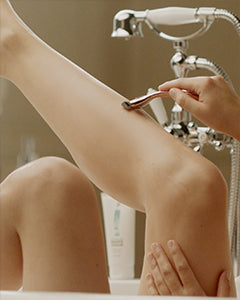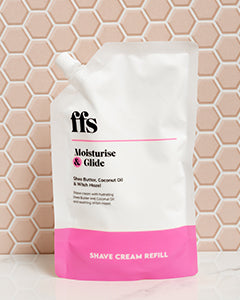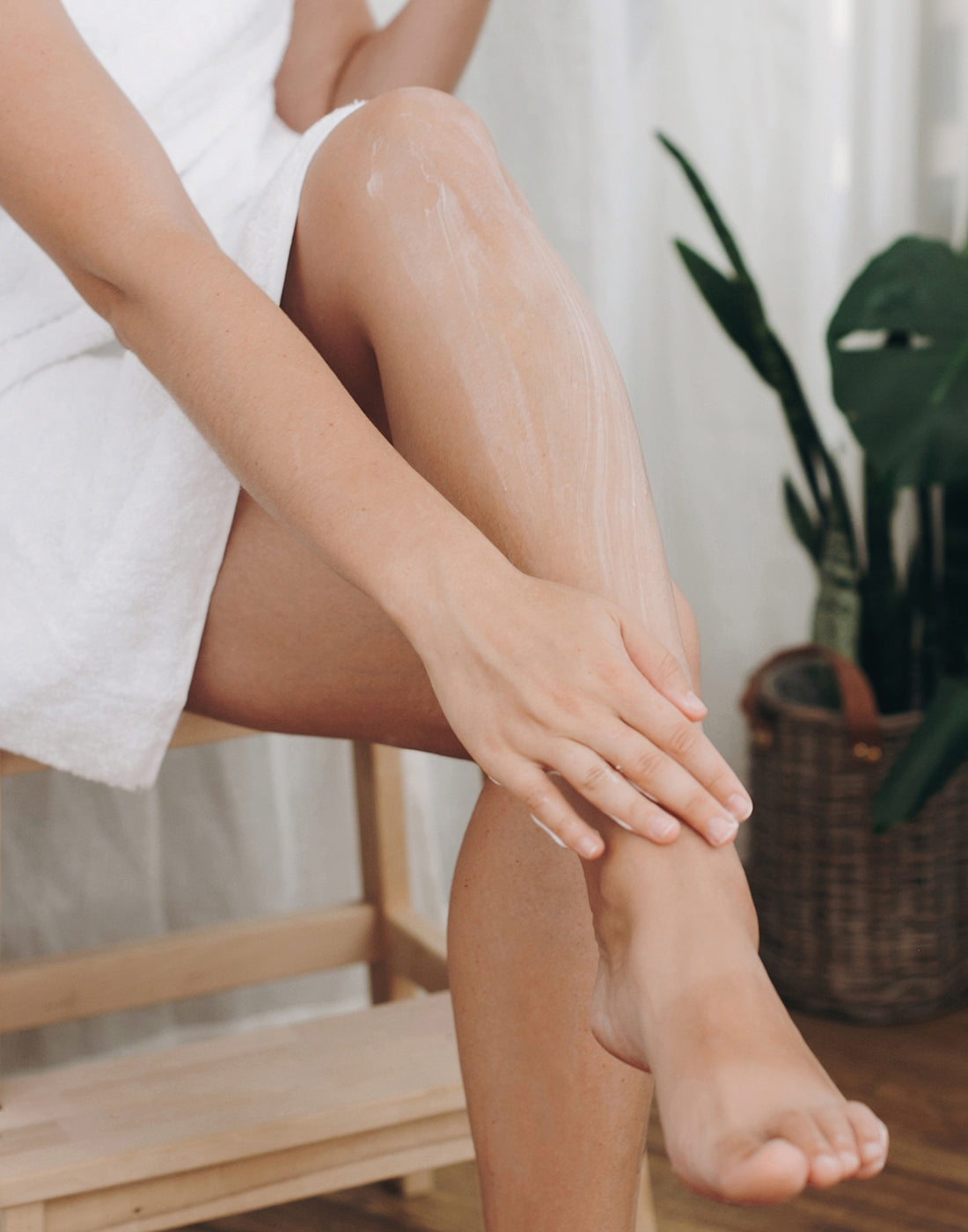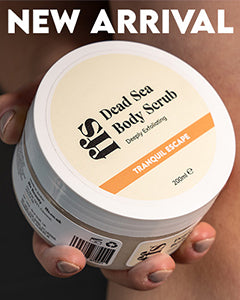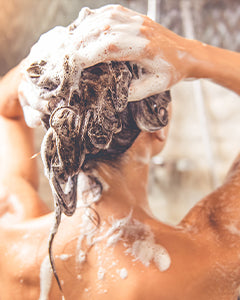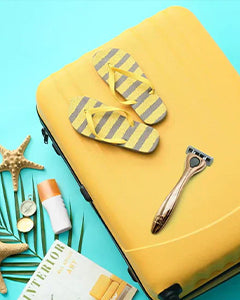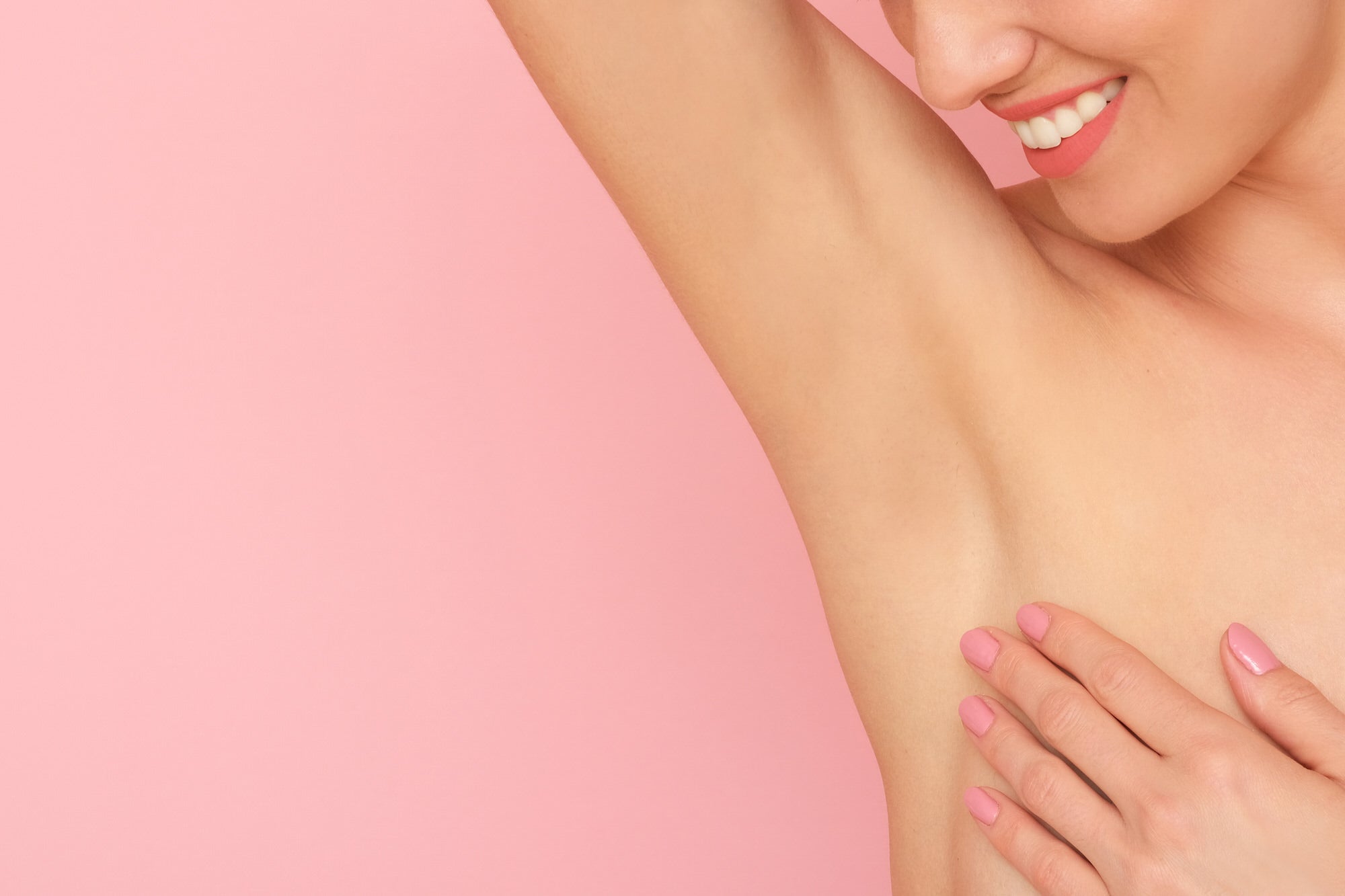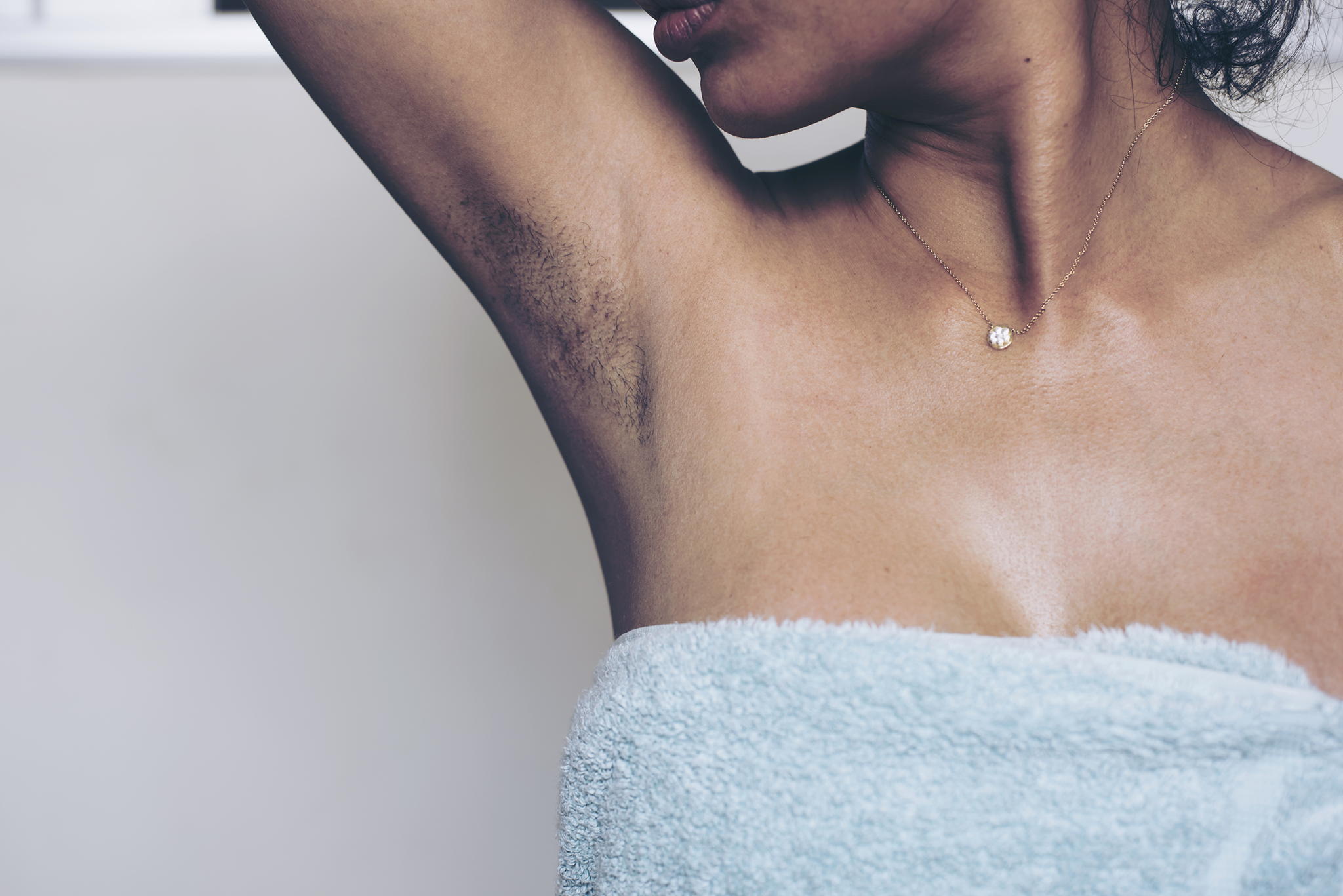We’ve all been guilty of reaching for any old razor, even if it’s months old.
But how is this actually affecting your shave? Even if we can’t see bacteria, it doesn’t mean it isn’t rife. Rinsing your razor after a shave only removes the visible debris and when left in a bathroom, it could be gathering millions of bacteria in just a few weeks. This means that when you come to grab your razor again, the bacteria from the blade transfers straight onto your skin.
How does this actually affect my skin?
When bacteria infect the hair follicle, this can cause razor rash and ingrown hairs (our worst shaving fears).
We spoke to Skin Expert, Dr Karim who gave us the low down on razor bacteria. She advised that by using a bacteria-ridden blade, we could even be putting ourselves at risk of infections, such as Cellulitis, which is an infection of the deeper layers of the skin most commonly caused by bacteria that normally live on the skin's surface.
Make sure you do it the right way
Old blades also mean dull blades
A dull blade can cause some serious irritation as it can snag on hairs, causing uncomfortable pulling. Not only do they increase the risk of pseudo-folliculitis (shaving rash), but the incomplete cutting of the hair can also lead to folliculitis (inflammation of the hair follicle), causing red raised bumps that can be unsightly and itchy.
Recurrent episodes of these issues can also give long term effects such as post inflammatory hyperpigmentation, where the skin becomes darker, plus temporary and permanent hair loss giving a patchy appearance.
To ensure the smoothest, most flawless results, you should be aiming to change your blades every 5 shaves – this might be weekly for those that shave most days or bi-weekly for those that shave less frequently.
Worried about the environmental impact of regular blade-changes?
You can shave guilt-free with our blade recycling scheme that gives old blades, new life, that’s not destined for landfill. Find out more about our recycling scheme here.
What about sharing razor blades?
For hygiene reasons, it’s really important not to share razors. Sharing blades can even cause infection if nicking or cutting yourself when shaving. Plus, you likely won’t know how old the razor is, meaning it could be a dull or dirty blade – increasing the chance of irritation and razor burn. Steer clear of razor sharing!

